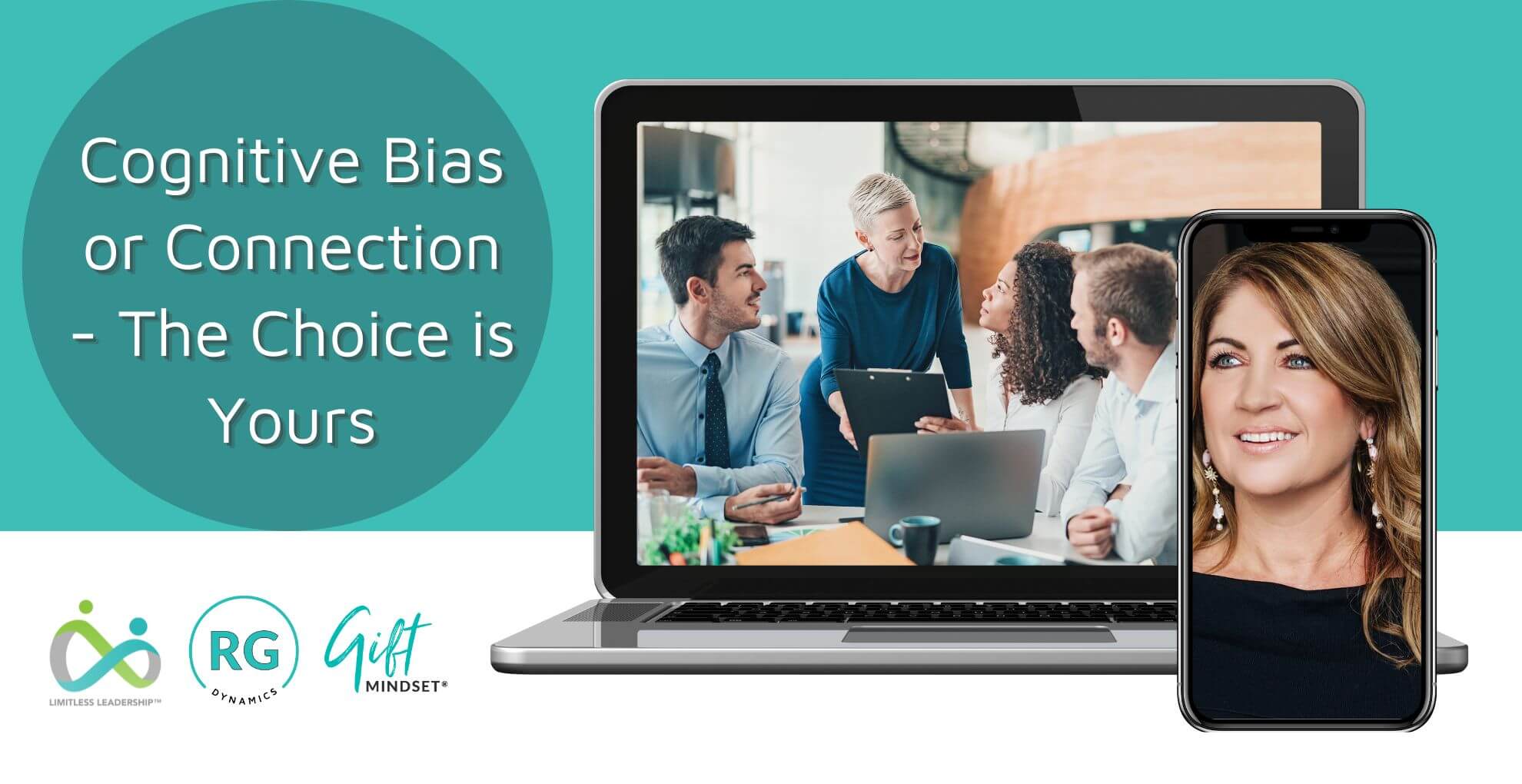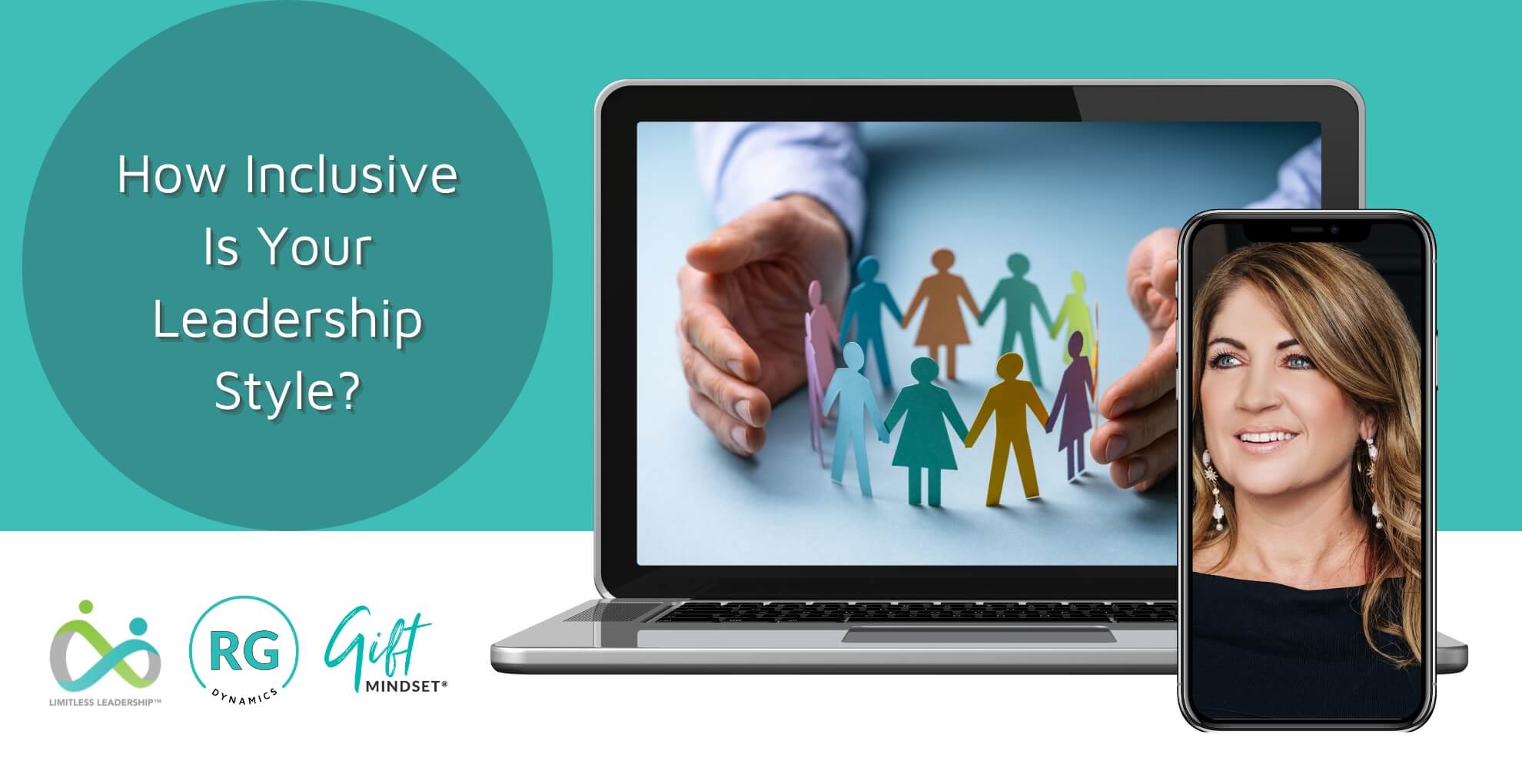Connection is a core human need; we are all wired to connect.
Connection is non-negotiable in the workplace, especially with increasing AI and a global skills shortage. Strong human relationships foster collaboration, innovation, and adaptability, ensuring teams leverage their skills while addressing gaps in expertise through knowledge sharing and mutual support.
Many factors stifle deep connective relationships and interactions, including cognitive bias.
In simple terms, bias can block us from being open to other people’s ideas, thoughts, experiences, and abilities. When we have a bias about anything, this means we have an unconscious or conscious tendency to favour or discriminate against certain individuals or groups based on personal preferences, stereotypes, or preconceived notions.
A few common ways it can manifest include:
- making everyday decisions
- hiring decisions
- promotions
- coaching
- succession planning
- delegation
- task assignments
- feedback
A real-life example is that a leader may provide more opportunities to those who mirror their backgrounds, beliefs, or behaviours; this alone can hinder diversity and limit innovation.
Bias in leadership can also impact team morale, trust, and performance. It creates an unequal environment where certain individuals may feel undervalued or overlooked.
From my experience, for leaders (or anyone) to be effective, they must identify and address their biases, promoting fairness and inclusion. This involves self-reflection, seeking diverse perspectives, and making decisions based on objective criteria rather than assumptions. Cultivating awareness around bias will help you, as a leader, foster a more equitable and productive workplace.
The cost of negative bias is huge and can lead to disconnection by distorting perception, reinforcing stereotypes, and hindering open communication. Misjudgements and assumptions limit understanding, creating barriers to trust, collaboration, and inclusive relationships in the workplace.
It’s like opening a can of worms when we explore the diverse array of existing biases.
In this article, we will focus on some common ones that we expand on in our leadership and communication programs.

Confirmation Bias
This is when we seek out information that reaffirms our existing beliefs. In doing so, we tend to ignore information that contradicts our beliefs, which can lead us toward untruths.
An example would be listening to news sources or social media that present stories that support our views or ideas.
The Halo Effect
This bias occurs when an initial impression of a person tends to influence our overall impression of them. It is also known as the “physical attractiveness stereotype” or the “what is beautiful is ‘good’ principle.”
Thinking that people who are good-looking are also smarter and maybe nicer than less attractive people is an example of this playing out.
The Self-Serving Bias
This is where we may tend to give ourselves credit for successes but tend to blame failures on outside causes when things go wrong.
For example, at work, we could be completing a successful project that we contribute to our hard work, but when things go the other way, we may think it’s bad luck or the fault of something or someone else outside us.
The Optimism Bias
This is where there may be a tendency to overestimate the likelihood that good things will happen to us while underestimating the probability that negative events will impact our lives.
In a nutshell, we may tend to be too optimistic for our own good.
An example could be not performance managing someone who needs it because we only see the good in that person.
Conformity Bias
Conformity bias occurs when we simply conform to the opinions and behaviours of others, even when these are against our own opinions, values, and personal beliefs.
An example of this bias may include verbally agreeing with others as much as we know we have an inner conflict about this. It can also take the form of not speaking up and sharing our ideas and thoughts as we are fearful of the response or rejection we may receive.
Gender Bias
This bias occurs when we hold stereotypical or negative attitudes towards people based on gender. This results in unequal opportunity and negative treatment of others, as well as hindering our ability to work with and socialise with others.
When we treat people differently based on their gender or make untrue assumptions about them, this is gender bias playing out.
Any type of bias exists in our minds and can exist any time of day and
anywhere, including in and out of the workplace.
Take the time to identify personal biases by reflecting on your attitudes, preferences, and beliefs and look at how past experiences, culture, and upbringing shape have shaped your views.
Ensure you seek different perspectives by engaging with people from different backgrounds, cultures, or opinions and listen to or read articles and viewpoints that challenge your beliefs.
Above all, pay attention to your reactions to others and your judgments. It is a continuous process rather than a one-time effort so self-access is ongoing.
I’d love to hear what came up for you.
Lead to be Limitless.





